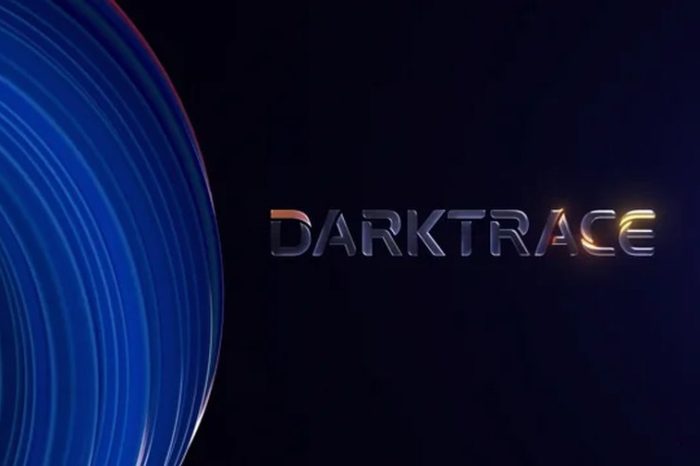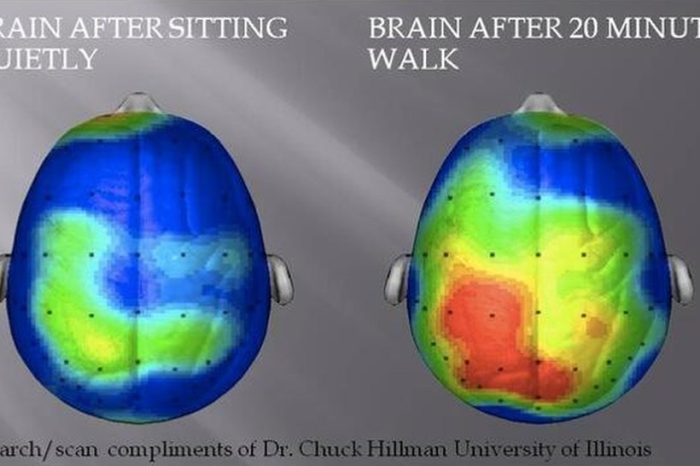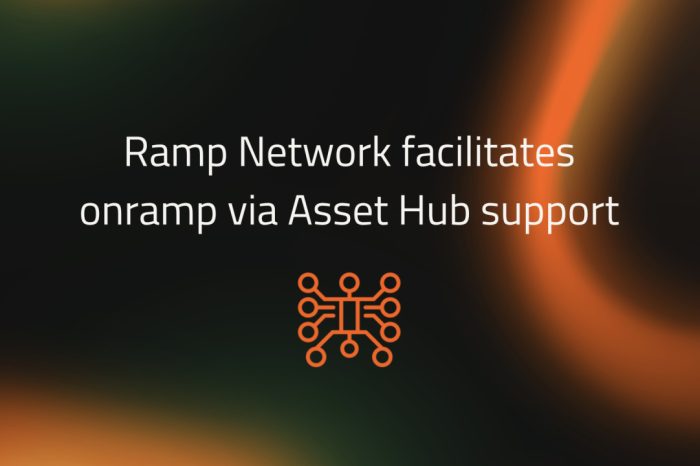In March 2023, the vendor of communications software technology, 3CX, suffered a supply chain attack. The Trojan virus infected the app, and it led to users to download the malicious version of the software to their devices. A week before threat hunters confirmed the attack, users, and vendors kept receiving security alerts about the service. Since there were many similar notifications in the past, they assumed the notifications were more false alarms.
Therefore, discovering the incident took longer than needed because vendors, users, and support teams working for 3CX brushed off the alerts as false positives. This effect is known as alert fatigue.
This phenomenon is common in healthcare, in particular. The issue is that professionals need to react as early as possible within these industries where every second counts. Otherwise, one missed alert can lead to expensive mistakes.
Alert fatigue has been common for security teams that use the Security Information and Event Management (SIEM) system.
The SIEM tool promised to gather all the data about the security events within the company, analyze it, and notify the security team of significant hacking risks within the company. In reality, the tool overwhelms teams with a lot of unimportant alerts.
Here, we explore the capabilities of one of the SIEM alternatives, known as Open XDR — which is slowly replacing the old SIEM technology.
Let’s discover how it provides security experts with relevant security insights.
Correlating Cybersecurity Findings
The data is gathered from security tools. Companies today have more protective solutions than ever, meaning teams get more alerts than ever.
SIEM can’t link the data from the security tool and analyze it within the context of a company’s unique infrastructure. This is why it ends up alerting about every change within the security — and why it causes alert fatigue.
Open XDR also collects data from all the cybersecurity tools that a business has at its disposal.
The key difference is that it relies on machine learning to correlate these findings and provides experts with only the alerts that do indicate cyber incidents.
The platform constantly learns about the network of a business. After some time, it knows what is the regular behavior of users within the infrastructure.
For instance, it is known who accesses certain parts of the system, when they do it, and whether they reach sensitive data. It relies on this context and data from all the security tools a company has to determine whether the company is undergoing a serious risk.
Uniting the Findings in a Single Dashboard
Another cause of alert fatigue for security professionals is the continual change of the interfaces. Switching from one task to another and from one security platform to the next is exhausting.
As mentioned, companies today rely on many different security solutions. They need to protect every piece of software and hardware that can be linked to their network and gain access.
Since versatile vendors provide these cyber security tools, they are often siloed — as well as the data they generate.
Another problem that appears is that different security tools can suggest different solutions — leaving security teams scratching their heads.
SIEM alternatives such as Open XDR generate reports and gather them in one dashboard to prevent that kind of fatigue. They offer a single place where the teams can watch to get an overview of the highly critical threats within the network.
Open XDR proposes the best course of action for the specific infrastructure — helping teams make the best security decisions in time.
Insights Available to Teams of Different Skill Levels
Often, by the time the reports are ready, they may no longer be relevant — or the attack would be detected too late.
Since it sends out a large volume of notifications, analysis of the alerts that SIEM provides can no longer be done manually. Analysis of cybersecurity data today requires automated tools that use AI and machine learning.
There is also a shortage of highly skilled cybersecurity professionals. For those who stay, this means more tasks daily and the risk of burnout.
Open XDR has been designed to facilitate the detection of threats for teams with different skill levels.
It makes the analysis of threats and mitigation less complex by providing actionable reports on a user-friendly interface. The focus is on alerts that are relevant to the company.
It’s perfect for businesses that are still scaling from small to mid-sized businesses and need robust security without overwhelming their security professionals.









